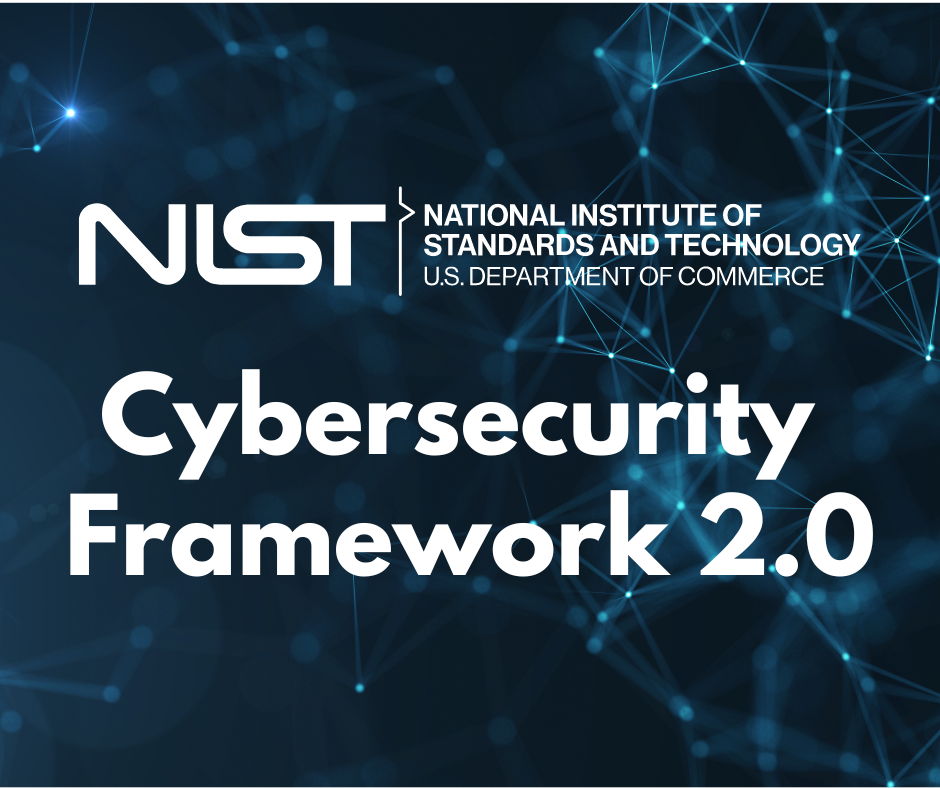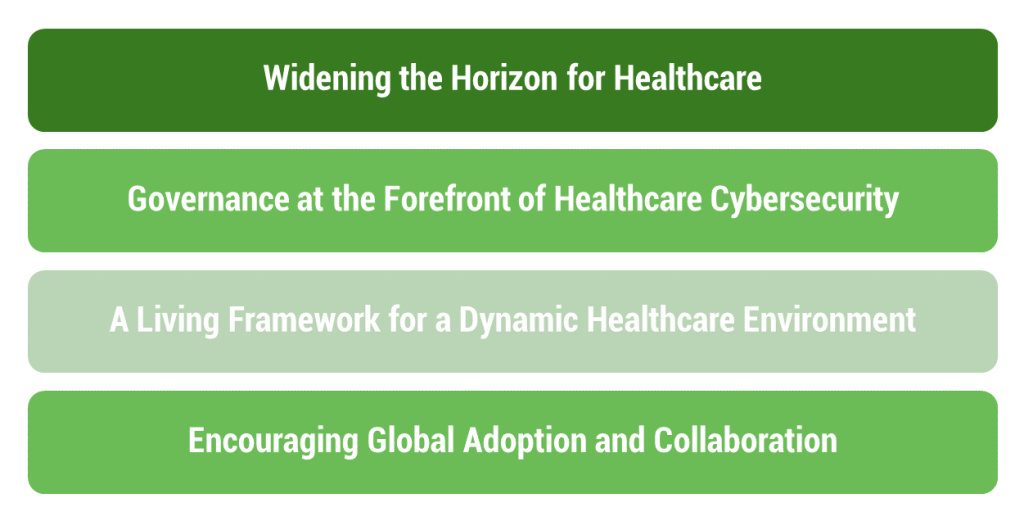Protect Your Patient Data From Cyberattacks
We help you avoid the pain associated with cyberattacks and give you the ability to run your healthcare practice with confidence, knowing that each aspect of your cybersecurity is being maintained continuously and managed professionally.
Let’s connect to discuss your healthcare organization’s cybersecurity needs.





